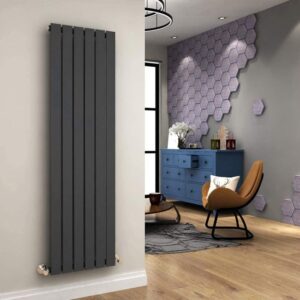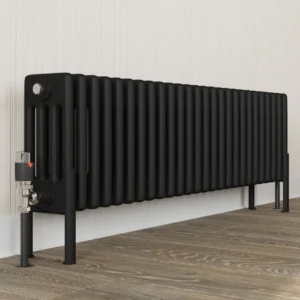
In the race toward net-zero emissions, an unassuming hero has emerged from the mechanical rooms of our homes: the modern heat pump. This isn’t the clunky, inefficient technology of decades past—today’s systems represent a quantum leap in how we extract, move, and optimize warmth. But their true brilliance lies not just in their engineering, but in how they bridge our heating heritage with our climate responsibilities.
1. The Physics of Climate-Conscious Comfort
Heat pumps perform a kind of thermal alchemy, moving warmth rather than creating it from scratch. By harnessing ambient heat from air, ground, or water, they achieve efficiencies that make fossil fuel systems seem archaic:
- For every unit of electricity consumed, they deliver 3-4 units of heat
- They operate without combustion, eliminating onsite emissions
- Their reversible nature provides cooling in summer without separate systems
This elegant approach to temperature control is rewriting the rules of home heating, proving that comfort and sustainability aren’t opposing forces.
2. The Unexpected Synergy of Old and New
Here’s where the story takes an intriguing turn. The Clarendon Cast Iron Radiator those stately Victorian-era heating elements—are experiencing a renaissance precisely because they:
- Pair beautifully with heat pumps’ lower temperature water output
- Provide thermal mass that smooths out heat pump cycling
- Offer timeless aesthetics that conceal cutting-edge technology
When connected to modern heat pumps using eco-friendly refrigerants, these Clarendon Cast Iron Radiator units become more than nostalgic decor—they transform into highly efficient heat distribution systems. It’s a perfect marriage of 19th century craftsmanship and 21st century climate tech.
3. The Refrigerant Revolution
The magic of heat pumps hinges on their refrigerants, and here’s where environmental responsibility meets engineering:
CO₂ (R744): Operates at higher pressures but offers exceptional efficiency in cold climates
Propane (R290): Ultra-low global warming potential despite its flammability
Next-gen blends: Carefully balanced to maximize performance while minimizing impact
A UN Environment Programme study shows proper refrigerant choice can reduce heat pumps’ climate impact by over 90% compared to older systems.
4. The Grid’s New Dance Partner
Heat pumps don’t just consume electricity—they can interact intelligently with renewable energy systems:
Storing excess solar power as heat in thermal mass like Clarendon Cast Iron Radiator units
Adjusting operation to times of renewable energy abundance
Providing grid flexibility through demand response programs
This two-way relationship makes them key players in the transition to renewable-dominated energy systems.
5. The Cold Climate Breakthrough
Recent advancements have shattered old limitations:
- Models now maintain full efficiency down to -25°C (-13°F)
- Hybrid systems integrate backup electric elements seamlessly
- Smart defrost cycles prevent ice buildup without energy waste
These innovations mean heat pumps now work effectively even in traditionally “too cold” regions.
6. The Whole-House Symphony
Maximum benefit comes when heat pumps work in concert with:
Proper insulation and air sealing
Strategic window placement for passive solar gain
Thermal mass elements like Clarendon Cast Iron Radiator units
The result is a home that stays comfortable with minimal energy input—the essence of net-zero living.
Conclusion: The Warmth of Responsibility
Heat pumps represent more than a technology swap—they embody a new philosophy of heating. One where we work with physics rather than against it, where our comfort doesn’t come at the planet’s expense, and where even our oldest heating elements find new purpose.
The Clarendon Cast Iron Radiator in your hallway, connected to a modern, refrigerant-conscious heat pump, becomes a symbol of this transition a bridge between heating’s past and its sustainable future.
As we move toward net-zero emissions, heat pumps stand ready to provide not just warmth, but peace of mind—the satisfaction of knowing our comfort aligns with our climate responsibilities. In this quiet revolution of pipes and refrigerants, we’re finding that the path to sustainability isn’t about going without, but about heating smarter.




